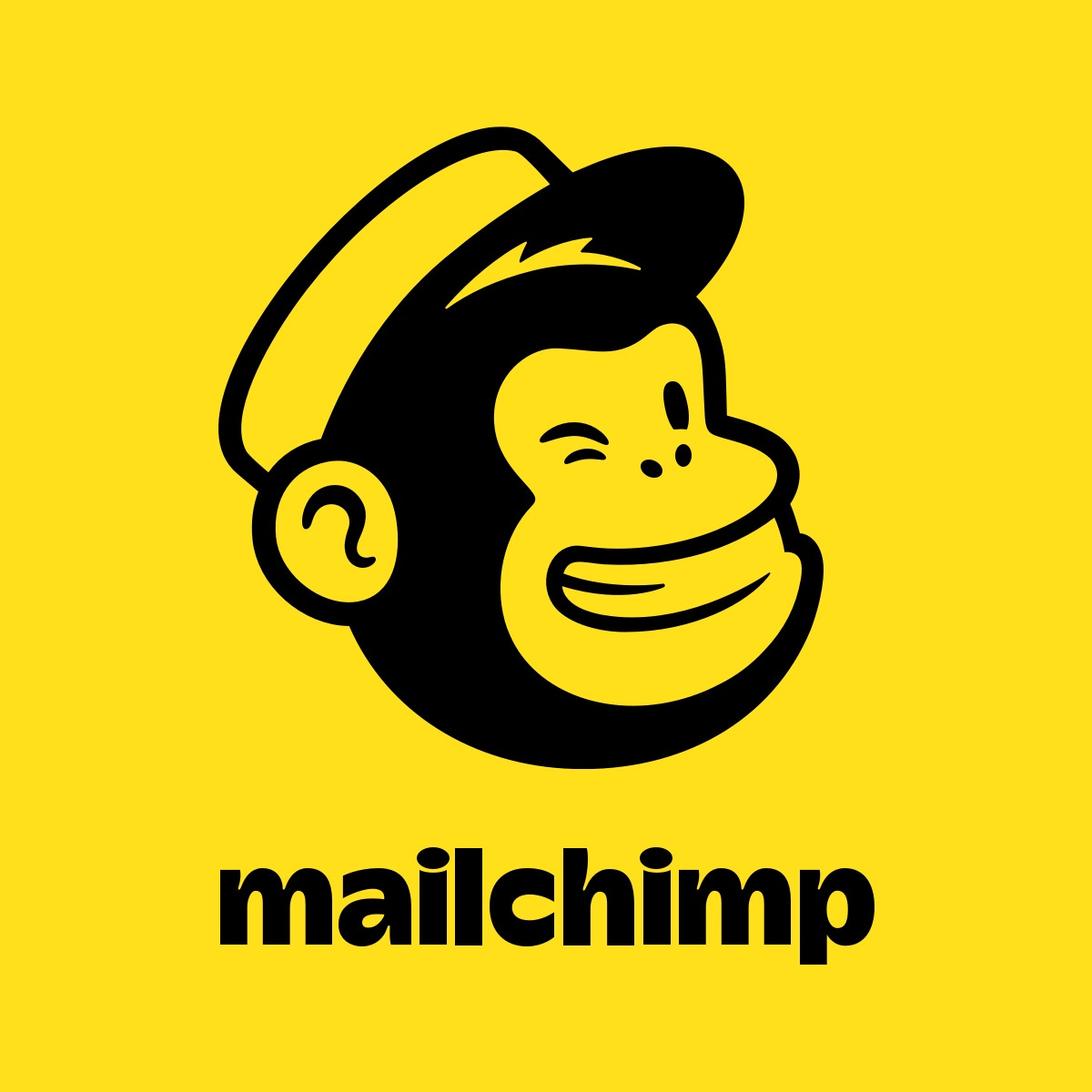Bootstrapped Startup to $12B Acquisition
How MailChimp Grew from a Side Project to Successful Exit
MailChimp is a marketing platform that helps small businesses reach their customers through email, social ads, landing pages and more.
It was founded in 2001 by founders Ben Chestnut, Dan Kurzuis, and Mark Armstrong.
They raised no VC money, slowly persevering their way to success.
In the year 2000 they were running a web design agency called “The Rocket Science Group." They noticed some of their clients were struggling to send email newsletters and saw it as an opportunity to help. So they launched MailChimp originally as a side project to help.
The agency was their primary focus, however as the side project grew, it validated demand and ensured there was a market for the idea. MailChimp remained a side project until 2007, when they decided to go all in (probably a good choice).
Strategy 1: Branding
Their cartoon monkey logo (named Freddie) represents the brand. The logo is cheerful, plus people typically view monkeys as fun animals. It stands behind making work fun and creative.
They were also a pioneer when it comes to witty and informal copywriting, which helped their messaging stand out from the rest.
They had phrases like “sending great content is easier than eating a banana” and also shared fun gifs
They speak in an easy voice for small business owners to understand with dry humor (subtle, weird but not inappropriate, smart not snobbish)
Their writing style, casual tone, combined with their amazing logo helped them become a recognizable and loveable brand (how could you hate the brands with the smiling monkey logo)
Strategy 2: Facebook Custom Audiences
Over 60% of MailChimp's traffic comes from Facebook. They use ads with custom audiences to leverage their email list. This lets them send different ads to specific customer segments in their contact list based on their stage of the funnel.
So essentially each category of customers received their own personalized messaging to effectively try and move them down the funnel.
Their ads are consistent with contrasting images, diagonal lines and recognizable objects that can interrupt people while scrolling on social media. This boosts their CTR (clic through rate) which leads to lower CPC (cost per click) - a good thing.
They also use customer audiences to promote new product features, updates, etc.
Strategy 3: Email Drip Campaigns
They used email campaigns to nurture email subscribers/facebook clicks who haven’t started their first campaign yet.
They offer tutorial based content to this group and also included similar content in their facebook ads targeted to them.
Therefore based on understanding where their customers are at the in the journey, they created automated emails that were sen’t quite frequently, in this case specifically designed to get those people to start using MailChimp. (this along with turning free users to paid users was their main priority).
Automated emails were crucial to their success in getting people into the funnel.
Strategy 4: Podcast Ads
To gain sign ups outside of email and facebook ads, they partner with various podcasts for short 20-30 second ads. They used repetition + humour to make their ads unforgettable and catchy.
In 2014 this was their biggest growth lever.
They had most success sponsoring a crime podcast called "Serial."They picked a niche podcast with a broad audience (like their customers).
Serial became BIG, becoming the fastest podcast to reach 5M downloads (at the time).
However before finding their winner, they tested 30 other podcasts.
Strategy 5: Viral Marketing
They created a viral ad campaign called “Did You Mean MailChimp?” It started when they were mispronounced as Mailkimp in a podcast ad in 2014.
They noticed people were joking about it on Twitter, so they made a campaign with fake brands that kind of sounded like MailChimp.
They made a 1 minute video ad for all those fake companies. They even made an actual website for many of them. It was used as a youtube ad.
In this case, anyone who interacted with it could be retargeted, serving as a nice lead generation tactic. They also made a bunch of print ads, posters, and billboards to make this initiative as big as possible.
Online and offline distribution lead to the campaign being a huge success.
They gained TONS of brand awareness, traffic, and free media from organic searches. This also got featured in many big media publications which continued and accelerated the growth loop + distribution.
MAILCHIMPS KEY TO SUCCESS: "Proximity to it's customers"
In interviews, Chestnut said their success comes from having a "proximity to its customers that its competitors lacked."
MailChimp was a small business, so they understood their unique needs + pain points with marketing tools .This allowed them to build more features, create better customization, while building a solution perfectly catered to them.
They understood the market and their ideal customer profile to a tee.
MailChimp won by being closer to their customers than their competition.
MailChimp Today:
- $12B acquisition
- 61% of email marketing industry
- Will reach $1B in revenue in 2021
Keys to Growth Success:
- Unique branding, tone, copywriting
- Segmented social ads
- Automated email campaigns
- Viral marketing tactics
- Closeness to customers
If you enjoyed this thread!
1. Subscribe to my SubStack for a more in depth growth breakdowns of successful startups
https://thegrowthplaybook.substack.com/welcome
2. Follow me @growth_student on Twitter for a new growth thread like this every week!
Sources:
- https://mailninja.co/mailchimp-growth-story
- https://technologyadvice.com/blog/marketing/how-mailchimp-grew-to-12-million-users/
- https://www.drift.com/blog/how-mailchimp-grew/
- https://mailchimp.com/about/
- https://sumo.com/stories/mailchimp-marketing#3








